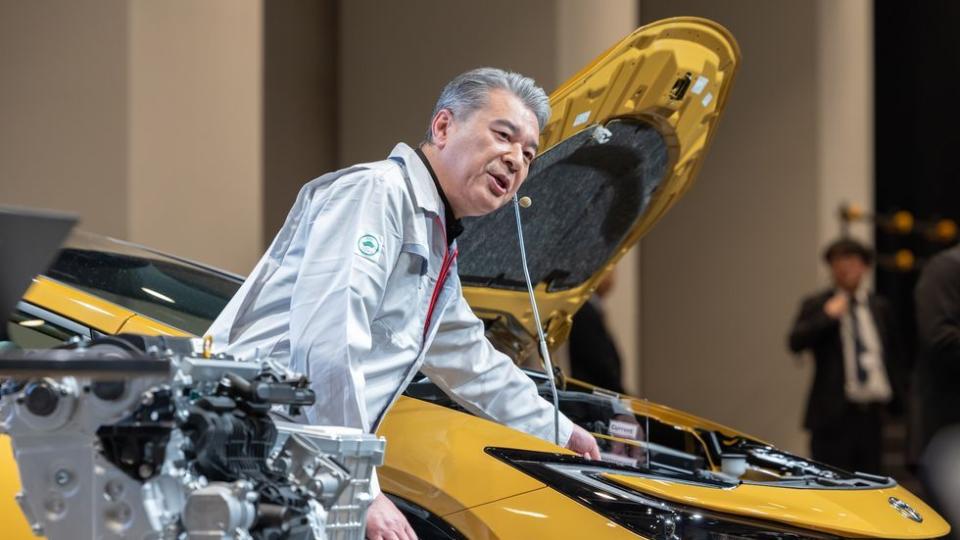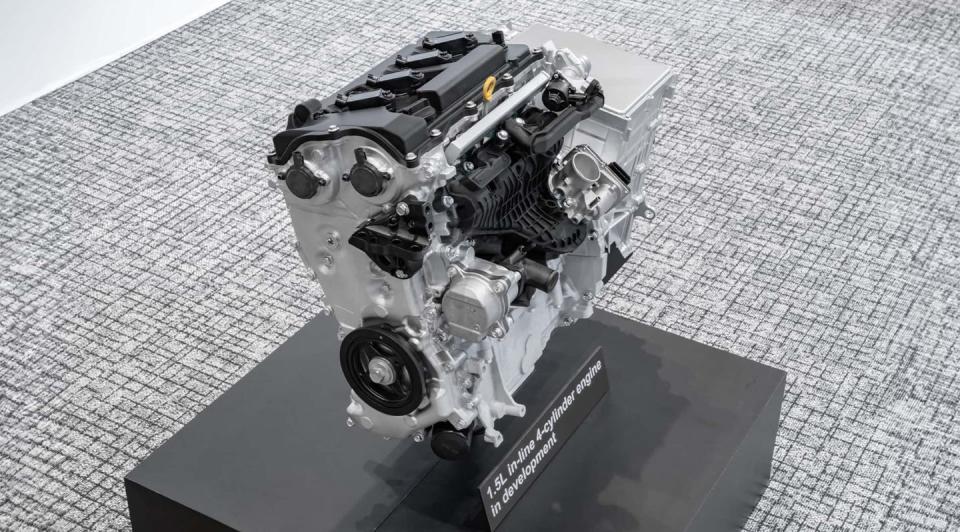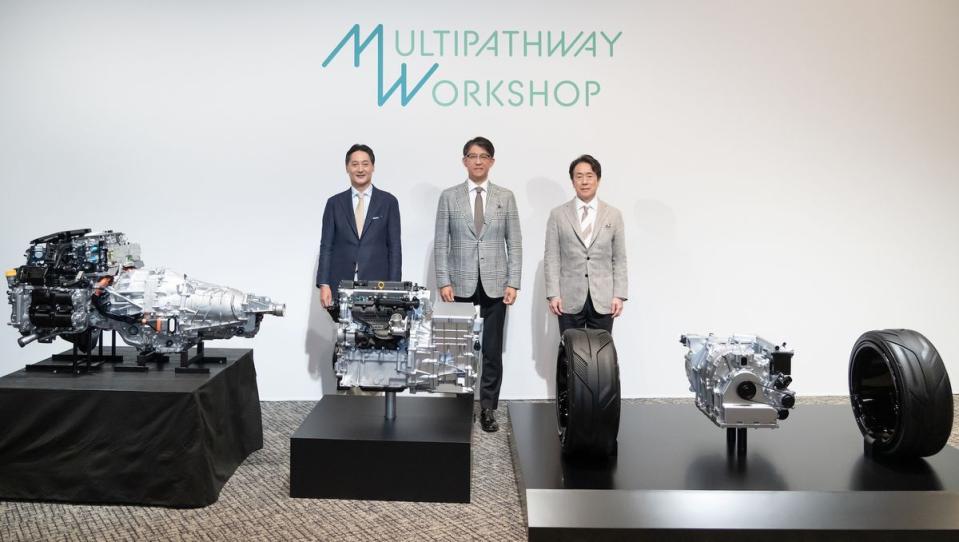Toyota Wants to Breathe New Life Into ICEs with Carbon-Neutral Fuels

Toyota will collaborate with Subaru and Mazda on new line of internal combustion engines, even as it continues to pursue battery-electric technologies.
Each automaker will still focus on its own engine designs as part of this partnership with Toyota planning a duo of four-cylinder engines, while Subaru will work on a hybrid boxer powerplant as Mazda looks to rotary engines.
The new engines are designed to be compatible with alternative fuels, in addition to being more efficient in the era of hybrids.
Unlike such big rivals as General Motors, Ford Motor Company, Volkswagen Group and Mercedes-Benz, Toyota has long resisted a wholesale shift to electric vehicles as the answer to its long-term future. The auto industry, Toyota execs argue, can clean up greenhouse gases more quickly and efficiently by offering a variety of alternative powerplants, including with hybrids and plug-in hybrids it has been pioneering for years.
In Tokyo Tuesday, Toyota took its strategy further in a three-hour “Multipathway Workshop,” in which its president and CEO, Koji Sato, described how internal combustion engines can achieve carbon neutrality: With synthetic e-fuels, biofuels and liquid hydrogen.
Toyota plans to bring Subaru and Mazda along for the ride, as rivals who will continue to develop “signature engines” while collaborating on development of such alt fuels for their ICE engines.
Toyota’s signature engines will continue to be hybrids and PHEVs with ever smaller-displacement ICEs, while Subaru will stick with horizontally opposed ICEs and Mazda will bring back its Wankel rotary power.

“The three engines, which share the same aspirations” in achieving carbon neutrality, “will refine engine technologies through friendly competition,” Sato said.
“We will continue to offer exciting cars by honing internal combustion engines for the electrification era and expanding the multi-pathway possibilities for achieving carbon neutrality,” Mazda Motors Corp. President and CEO Masahiro Moro said. “Given the rotary engine’s compatibility with electrification and carbon-neutral fuels, Mazda will continue to develop the technology through co-creation and competition to ensure it can contribute broadly to society.”
Subaru Corp. President and CEO Atsushi Osaki said, “As we continue to refine electrification technology, we will also enhance our horizontally opposed engines with an aim to use carbon-neutral fuels in the future.”
It remains to be seen just how “carbon-neutral” carbon-neutral synthetic fuels and biofuels can be, as no technical details about such fuels were discussed.
Carbon-neutral alternative fuels were a hot topic of discussion by automakers, oil companies and startup tech companies in the early years of this century, until Tesla’s emerging success shifted most of the discussion to EVs.

Thanks in part to Toyota, Hyundai, Kia and Honda fuel cell development (Tesla CEO Elon Musk once called them “fool cells”) hydrogen has remained in the discussion, though so far its infrastructure is far behind even that of electric vehicle recharging.
Also, while hydrogen emits only water droplets at the tailpipe, its carbon-neutrality depends on which manufacturing process is being used to produce it, says the Massachusetts Institute of Technologies’ Climate Portal website.
Enthusiasts should be encouraged by Subaru’s and Mazda’s inclusion in the Multipathway Workshop, however. Both automakers are behind even Toyota in EV development and essentially remain “niche” players in Japan’s auto industry, relying heavily on North American sales for sustenance. Their futures depend on partner collaboration with automotive giant Toyota, especially as their “signature” boxer and rotary engines remain key features in distinguishing themselves from competitors.
Will EVs gradually overtake internal-combustion powerplants by the end of the 2030s, or will ICEs and hybrids remain as an option in new cars in the US for decades to come? Let us know what you think in the comments below.

 Yahoo Autos
Yahoo Autos 